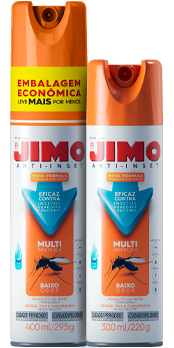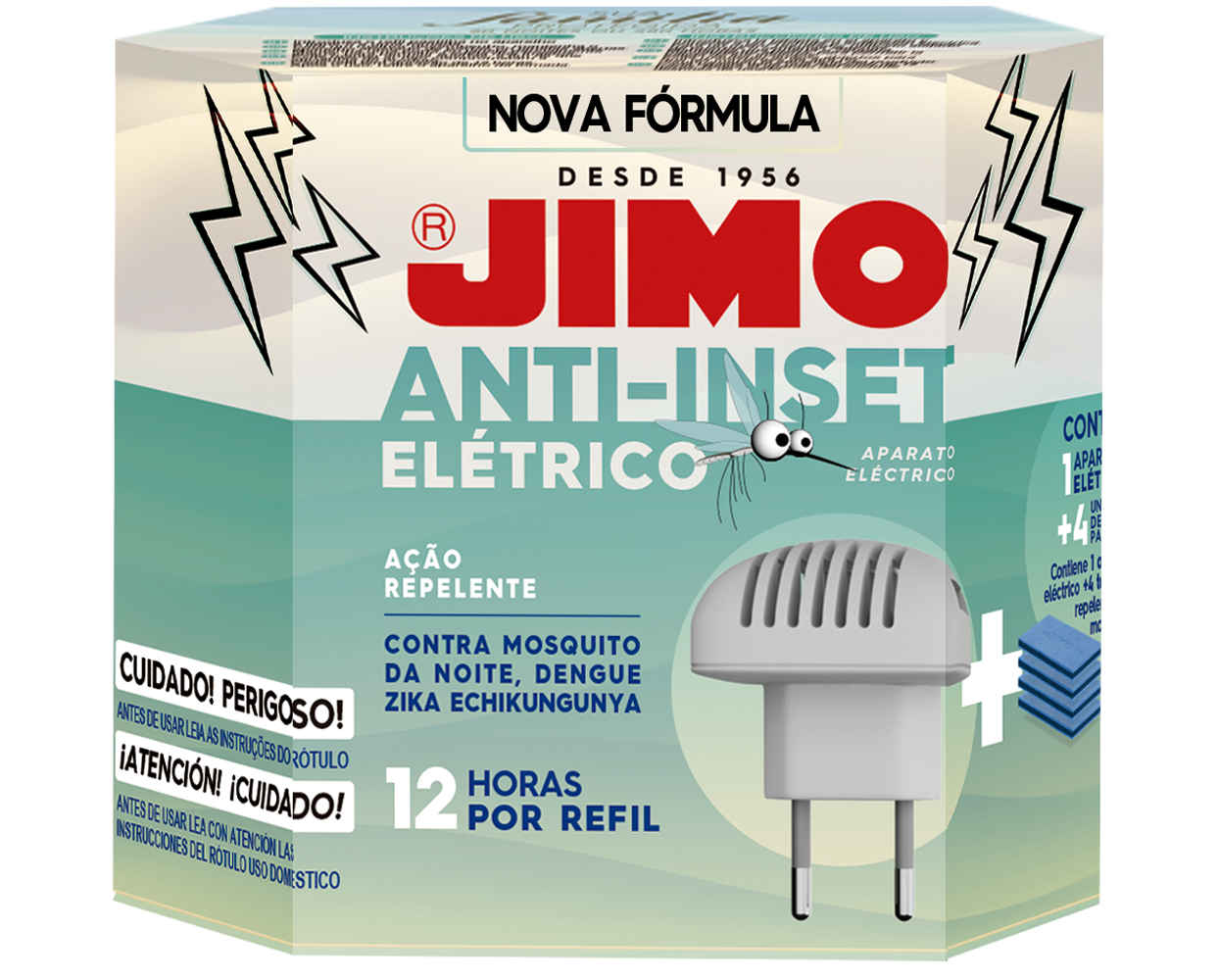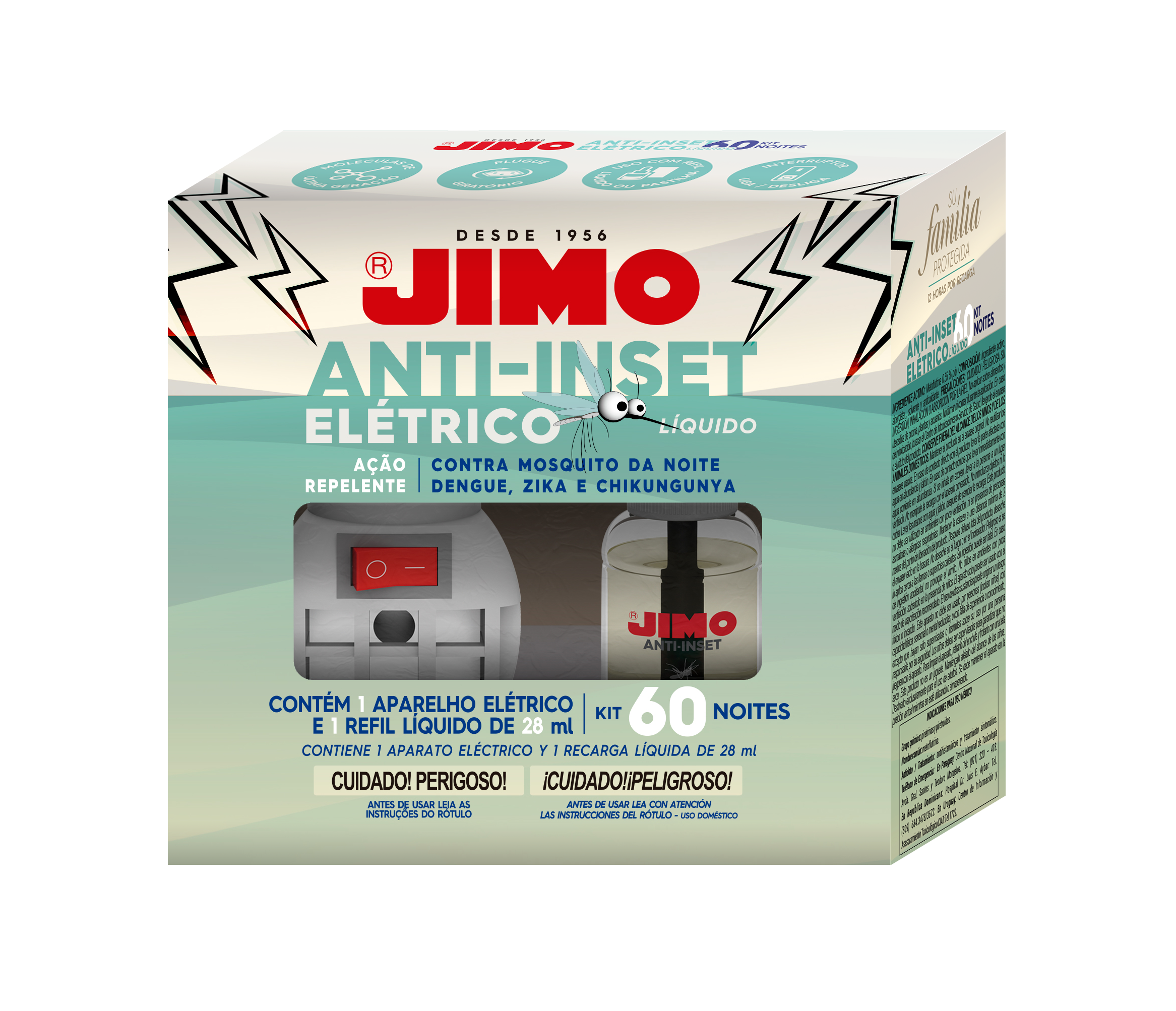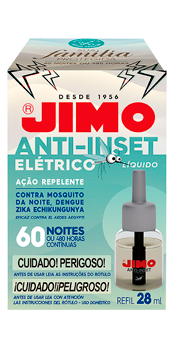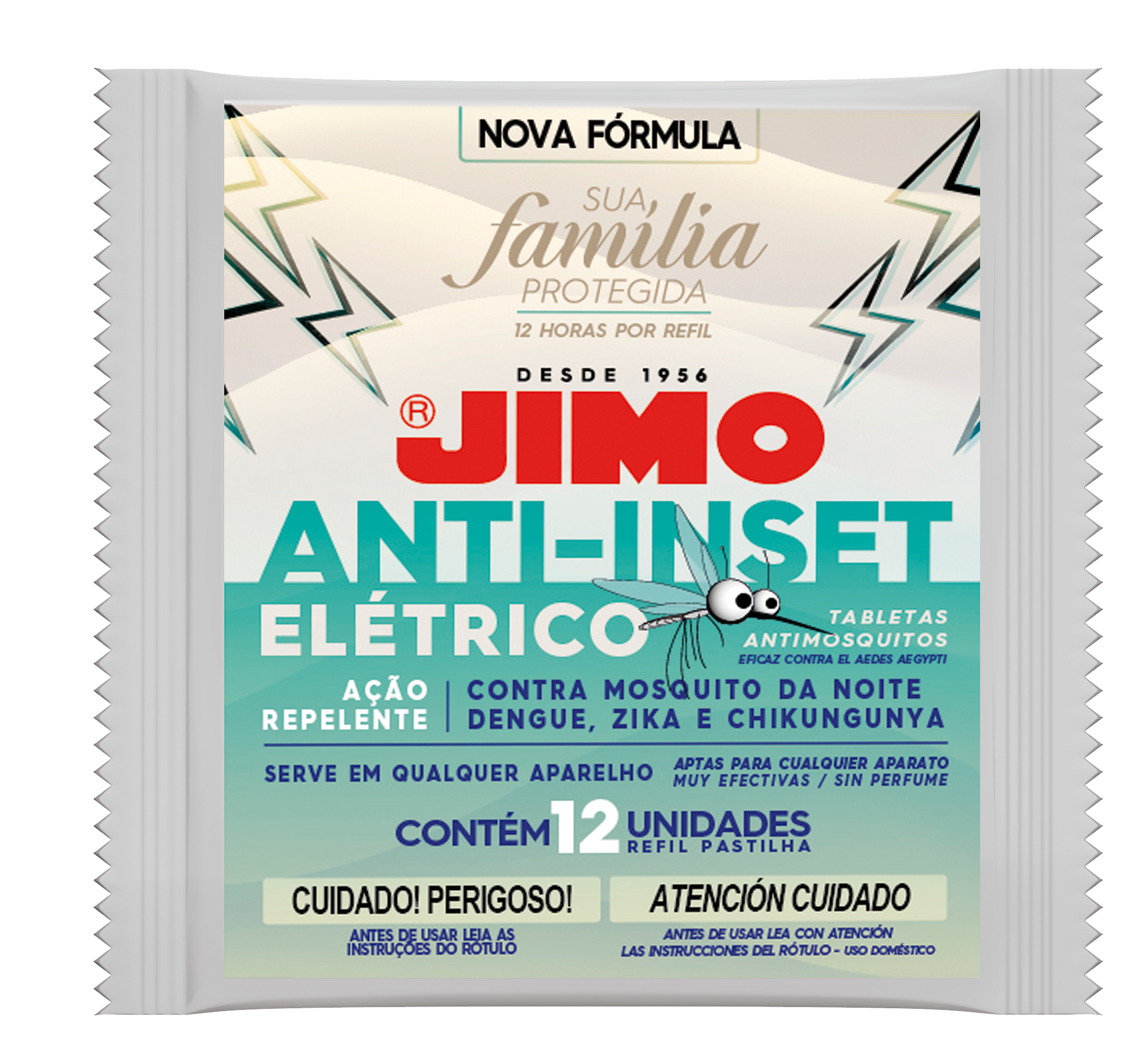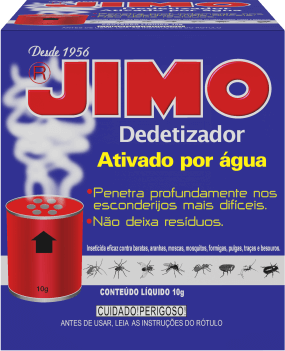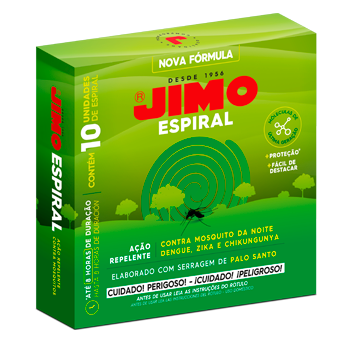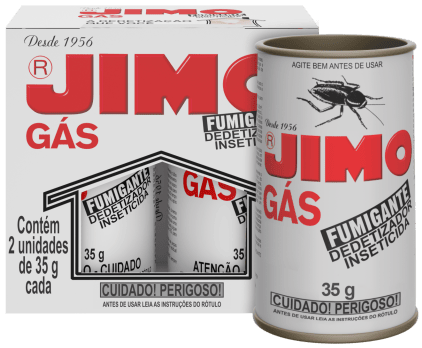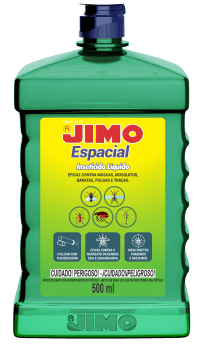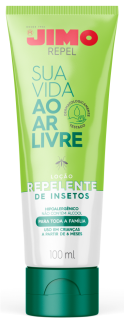
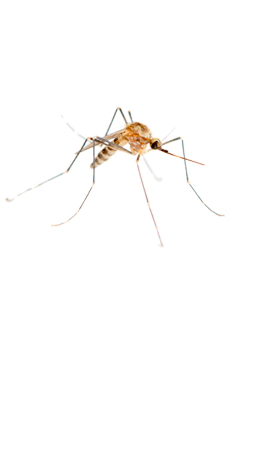
Mosquitoes exist on Earth for over 150 million years and are split into more than three thousand species. In most species, the male mosquito feeds on the sap and nectar of plants, while the female feeds on blood in order to mature their ovaries and, thus, lay their eggs. Usually, the female mosquito body is larger than the male. In Brazil, there are basically four domestic species of mosquitoes: Culex quinquefasciatus, Culex pipiens and Aedes aegypti.
Culex quinquefasciatus and Culex pipiens: are common mosquitoes present in large numbers in urban areas. It is extremely difficult to differentiate the two mosquitoes, since both have the same dietary and behavioral habits besides the body similarity. They are usually seen at night due to their nocturnal feeding habits, hiding during the day. The females of these species lay 100 to 400 eggs at a time, placing them on the surface of stagnant, dirty and contaminated water, in home and outdoor environments. Both species are responsible for the transmission of filariasis in the world, also known as elephantiasis.
Aedes aegypti: unlike the mosquitoes from the Culex genus, Aedes aegypti preferably feeds during the day, hiding and resting overnight. It is the mosquito responsible for the transmission of four diseases relevant to public health: Dengue, Zika, Chikungunya and yellow fever. This species can lay eggs individually or in larger quantities, positioning them in moist areas and areas about to be flooded with clean water. Usually they lay their larvae in home environments, such as potted plants, water tanks, tires and other stagnant water deposits.
Anopheles darlingi: the female bites and feeds on human blood. Males feed on glucose-rich juices from plants. Anopheles prefers high levels of temperature and humidity. It does not survive in large numbers when average daily temperatures fall below 15°C, and does not like altitudes above 1500 meters. Females cause a lot of discomfort to humans due to their itching bites and can cause allergic reactions. It is also the main vector of malaria in Brazil.
Life cycle: The life cycle of mosquitoes varies according to the species and environmental conditions and is divided into the following stages:
Egg: mosquitoes usually lay their eggs on the water surface, where the larvae take one to two days to hatch. Aedes aegypti is an exception to the rule, always trying to lay their eggs in areas that are not flooded with water, but that will be in the future; therefore, in this case, the larvae can wait months or years to hatch.
Larva and pupa: soon after hatching, the larvae are virtually invisible to the naked eye but will grow over time and can reach 1 to 2 cm. After a few days, the larva becomes a pupa, a substage between the larva and adult stages that can last one to four days.
Adult: at this stage, the adult mosquitoes leave the pupal cocoon and crawls to a protected area to rest and dry their wings. After resting, the mosquito is ready and able to fly and mate.
- Mosquitoes can see at night due to the reflection of ultraviolet waves on objects, something that humans are unable to see.
- Mosquitoes' wings beat 300 to 600 times per second, creating the buzz that disturbs people.
- Mosquitoes are attracted by chemical and physical signs such as breathing and body heat. That's why some people attract more mosquitoes than others.
- For each Aedes aegypti found in Brazil, there are approximately 10,000 Culex.
- Approximately 100 countries around the world have at least one case of malaria.
- No mosquito is capable of transmitting the HIV virus, even after biting a person infected with HIV.
Disease transmission:
Dengue, Zika and Chikungunya
Dengue prevention and care:
- Keep tires out of the rain, preferably indoors, preventing water from accumulating and becoming stagnate.
- Always use covers for pools, so that mosquitoes cannot lay eggs in the water. If possible, treat the water often. If it is empty, do not let puddles accumulate at the bottom of the pool.
- Add sand to plant saucers.
- Always leave the water tank closed.
- Do not obstruct water paths such as gutters, drains, etc.
- Keep bottles and buckets upside down and indoors.
- Keep the toilets always capped.





















